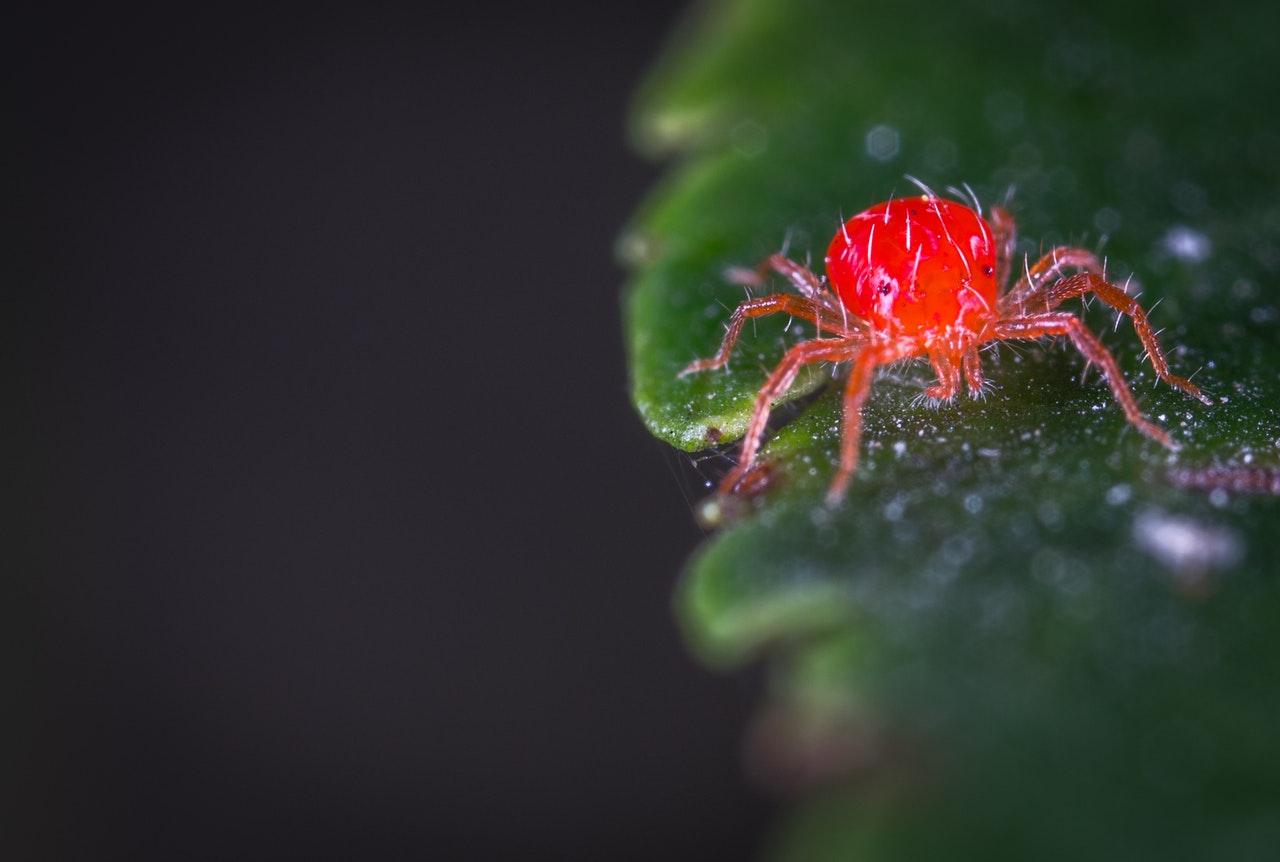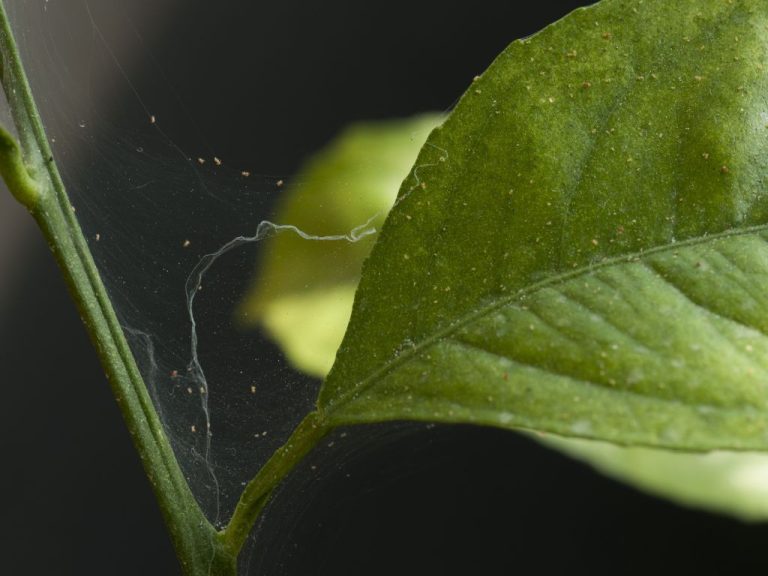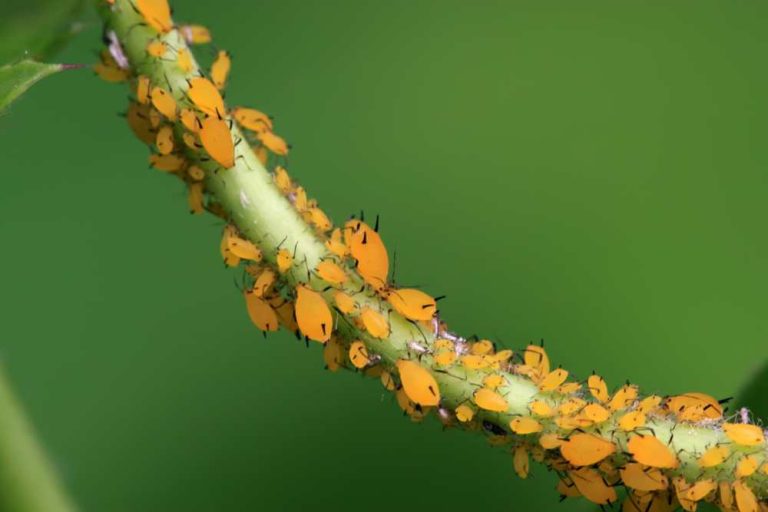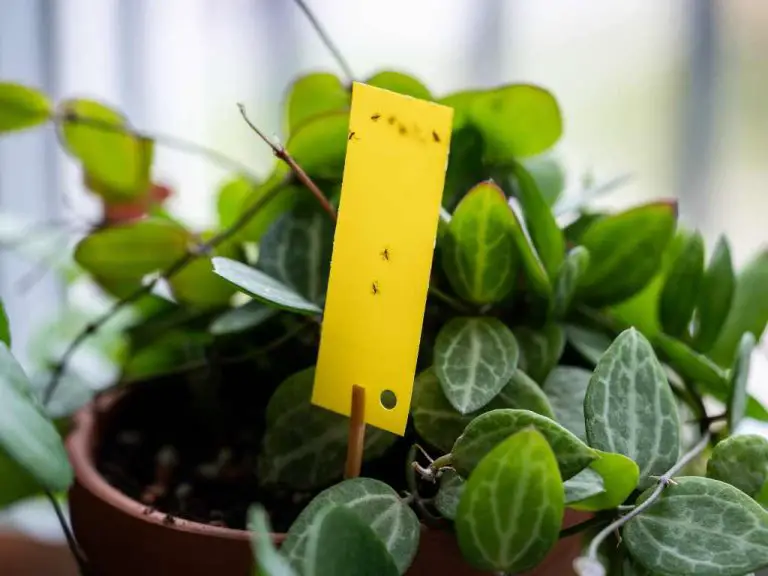Ultimate Guide to Spider Mites: How to Identify, Prevent, and Control Them in Your Garden
Spider mites or red spider mites are common pest problems on many plants. Many crops are host to spider mites; cassava, okra, papaya, bele, tomato, sweet potato, eggplant, beans, taro, cucumber, squash, other cucurbits, many ornamentals, and weeds are also hosts.
Spider mites are a type of arachnid, but they are not insects, relatives of spiders, ticks, and scorpions. Tomato red spider mite (Tetranychus evansi) is a small, red-colored arachnid that feeds on the sap of plants using, whiplike mouthparts. Identification of them in the field is difficult and usually requires an expert. Red spider mites look similar to other spider mite species, closely resembling the two-spotted mite (T. urticae) and bean spider mite (T. ludeni).
The different species are difficult to tell apart. As they can’t see our naked eyes, need to be examined using a high-power microscope. Depending on the species of spider mite and seasonal changes in their appearance, their colors range from red and brown to yellow and green. The most common group is two-spotted mites, infesting over 200 species of plants. They have spread worldwide. In the tropics and sub-tropics.
Spider Mite Life Cycle
Adult female mites are about 0.5mm long and the males are slightly smaller than females and narrower towards the back end. They are usually yellow or green with darker green markings. Hibernating females turn bright red when they stop feeding in autumn. The female mites live for a month or more and on the underside of leaves, they lay up to 100 eggs each.
These eggs hatch after 3-30 days depending on the temperature, producing larvae that have six legs and are colorless. Larvae pass through two nymphal stages, which have eight legs; they moult once before developing into adults – at 26.5 degrees centigrade, this will take only 8 days. Their breeding is continuous throughout the spring, summer, and early autumn when the females stop laying eggs and seek places to hibernate.
Under tropical conditions, their life cycle takes only 7-10 days depending on temperatures. Especially during periods of drought populations develop rapidly, thus damage can be considerable. The adult mite lives for 2-4 weeks.
Other species of spider mites are most active during the cooler periods (spring and fall) of the growing season. During these cool seasons, spider mites may cease development and produce dormant eggs to survive hot summer weather.
Dry conditions greatly favor all spider mites. Red spider mites feed more under dry conditions, as the lower humidity allows them to evaporate the excess water they excrete. At the same time, most of their natural enemies of mites require more humid conditions and are stressed by arid conditions. Moreover, plants stressed by drought can produce changes in their chemistry that make them more nutritious to spider mites.
Spider Mite Symptoms
They have needle-like mouthparts to suck the juice from the leaves. This destroys the cells, and the leaves show a characteristic white to pale yellow speckling, often along the sides of the main veins. The speckling is seen all over the leaf when infestations are severe. Two-spotted mites make webs (like spiders) on the under surface, and on the upper surface when infestations occur in screen houses. The leaves turn yellow and die prematurely as the infestation advances.
Spider Mite Detection and Inspection
Check the underside of leaves, particularly near the veins for the presence of mites, using a hand lens and/or a microscope. Look for webbing because that can be seen when mites are present in large numbers. The white spots on the upper surface of the leaf and the presence of webs below are signs of spider mites’ presence in your field.
Look for spots on the mites. These spots are reddish-brown to yellowish-green, depending on the species. If mites are present in your plants place a sheet of white paper beneath the leaves and strike the leaves sharply, mites fall onto the white paper and can be more easily seen than on the green leaves.
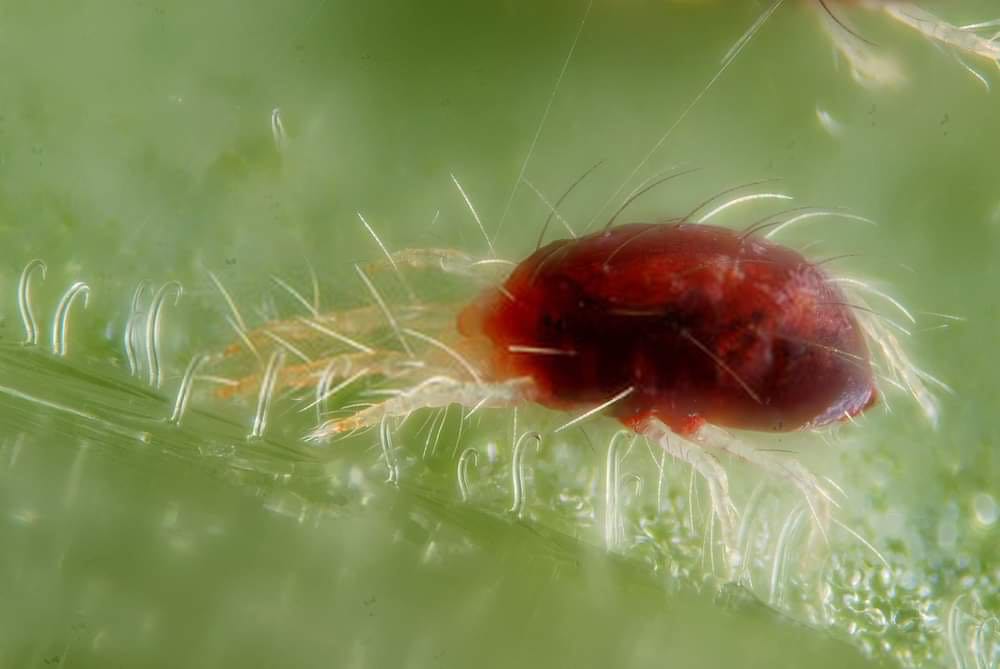
Spider Mite Control
Prune leaves, stems, and other infested parts of plants well past any webbing and discard them in the trash (and not in compost piles). Pull entire plants if it is infected to prevent the mites from spreading to their neighbors.
Commercially available beneficial insects, such as o ladybird beetles, lacewing larvae, pirate bugs, big-eyed bugs, and predatory thrip are important natural enemies. For best results natural enemies, make releases when pest levels are low to medium. Mix Pure Coco-Wet with Neem Oil and apply every 3-5 days to kill eggs indoors and to interrupt the reproductive cycle. It’s important to spray all plant parts, including the undersides of leaves.
Do not apply it when temperatures exceed 90˚F and wait for the last six hours before turning the lights on. Control weeds and other potential host plants in your field and garden.
Nightshade weeds are a favored non-crop host so thorough weed management may reduce the pest risk, particularly as a source of survival between cropping rotations. Always use pest-free propagation material and seedlings, sourced from a reputable supplier.
Dust on branches, leaves, and fruit encourages mites. A mid-season hosing to remove dust from trees is a worthwhile preventative. Adequate watering of plants during dry conditions is important because it can limit the importance of drought stress on spider mites. A forceful jet of water can physically remove and kill many spider mites. As well as it removes the dust that collects on foliage and interferes with mite predators.
If you pesticides, they should be applied carefully. To prevent resistance from developing to any one of them rotate between different chemical groups. Few insecticides are effective for spider mites and many even aggravate problems. Furthermore, strains of spider mites resistant to pesticides frequently develop, making control difficult.
- 29 Bucket Gardening Ideas for a Lush, Compact Garden - October 30, 2024
- 20+ Chic Boho Bedroom Ideas for a Cozy and Stylish Retreat - June 20, 2024
- 12+ Modern Boho Living Room Ideas to Create a Unique Oasis - June 10, 2024

